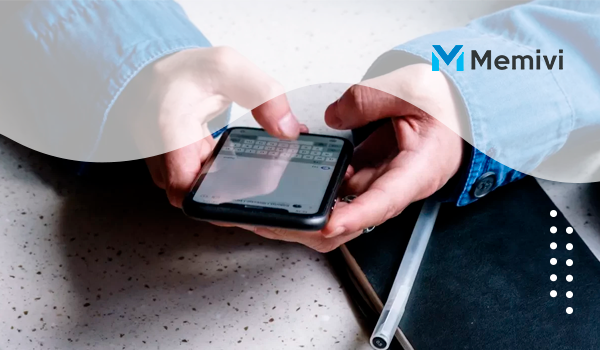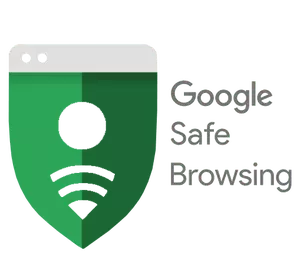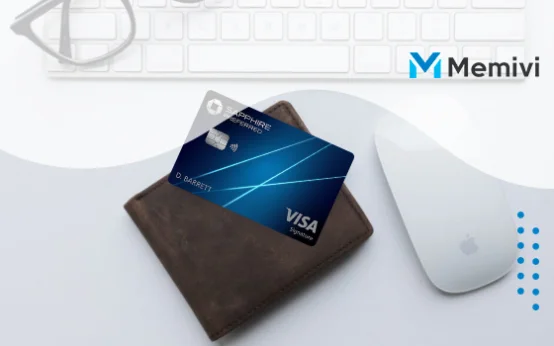
Whether it’s phishing emails or deceptive online transactions, scammers are becoming increasingly sophisticated. In this post, we’ll explore vital strategies to identify and avoid scams, understand common tactics, and effectively report suspicious activities. Stay informed and safe online by taking proactive measures to safeguard your personal information.
Understand Common Scam Tactics
Scammers are continually evolving their methods to trick individuals and steal sensitive information. Understanding common scam tactics can help you shield yourself from fraud. One technique is social engineering, where scammers manipulate psychological triggers to gain access to your information. They might pose as a bank representative or tech support, urging you to share personal details urgently.
Another red flag is unverified communication. Fraudsters often send texts or emails mimicking legitimate institutions, luring you to click on malicious links. Verify the sender’s authenticity by contacting the institution directly using official contact information.
Be wary of unexpected requests for payment. Scammers can claim you owe money or have won a prize but typically require upfront payment through unconventional methods, such as gift cards or wire transfers.
Manipulative Offers and Urgency
Fraudsters often create a sense of urgency or offer deals that seem too good to be true. They pressure you into making hasty decisions without thinking twice. Take time to evaluate any suspicious offers thoroughly.
Keep an eye out for disguised URLs. Always scrutinize websites before entering sensitive information. Fraudulent sites often have URLs that closely resemble legitimate sites but with slight variations.
Staying informed about these tactics arms you against fraudsters’ strategies, helping you make informed decisions and protect your assets.
Recognize Phishing Emails

Phishing emails are one of the most common methods used by scammers to deceive individuals into providing sensitive information. These emails often appear to be from legitimate sources, such as your bank or a known online service, but contain subtle clues that reveal their true nature.
Check the Sender’s Email Address: Phishing emails often use email addresses that mimic legitimate sources. Look for any mismatches or misspellings in the email domain. For example, an email from ‘bankofamerrica.com’ instead of ‘bankofamerica.com’ is a clear warning sign.
Be Cautious of Urgent or Threatening Language: Scammers like to create a sense of urgency to provoke a quick response from you. If an email threatens that your account will be closed unless you act immediately, take a step back and assess its legitimacy before responding.
Hover Over Links Before Clicking: Phishing emails may include links that appear to lead to legitimate websites. By hovering over the link, you can view the actual web address it will direct you to, which is often a fraudulent site. Always verify before clicking.
Look for Poor Grammar and Spelling Mistakes: Legitimate companies usually have teams that ensure their communications are error-free. If an email contains frequent grammar or spelling mistakes, it’s a probable red flag.
Attachments Can Be Dangerous: Be wary of unexpected attachments, as they may contain malware designed to compromise your files or capture sensitive information. If in doubt, do not open attachments and verify with the intended sender by other means.
Secure Your Online Transactions
Ensuring your online transactions are secure is crucial in guarding against fraud. Always verify the security of the website before entering your details. Look for a padlock symbol in the address bar and ensure the URL starts with https. Using a trusted payment platform can add an extra layer of security.
Stay vigilant when asked to provide sensitive information like your credit card number or passwords. Legitimate sites will not ask for your PIN or full password. Use strong, unique passwords and enable two-factor authentication whenever possible. Two-factor authentication makes it harder for fraudsters to access your accounts, even if they have your password.
Regularly monitor your bank and credit card statements. Check for any unauthorized transactions and report them immediately. This proactive approach can help catch any potential breaches early, minimizing damage.
Additionally, be cautious while using public Wi-Fi networks, as they can be unsecured. Consider using a VPN to encrypt your internet connection, keeping your transactions safe from prying eyes.
Report Scams Effectively

Reporting scams is a crucial step in preventing financial loss and protecting others from becoming victims. If you suspect fraudulent activity, act promptly by gathering all related information. Start with your bank or credit card company; they often have procedures to help you resolve and investigate issues. Provide them with transaction details, any suspicious communications, and relevant account numbers.
Contact local authorities if you believe you’ve encountered a scam. They can guide you on any legal measures and help build support through official channels. Additionally, report the incident to consumer protection agencies and your country’s fraud reporting sites. This helps them track scam trends and warn others.
Remember, online platforms like social media or classifieds have their reporting tools. Utilize them to alert platform administrators. By reporting these scams promptly, you’re not just helping yourself — you’re part of a broader community effort to fight fraud.


 The Destiny Mastercard <p class='sec-title' style='line-height: normal; font-weight: normal;font-size: 16px !important; text-align: left;margin-top: 8px;margin-bottom: 0px !important;'> Rebuild, Refresh, and Rise — A Simple Way to Take Back Your Financial Confidence </p>
The Destiny Mastercard <p class='sec-title' style='line-height: normal; font-weight: normal;font-size: 16px !important; text-align: left;margin-top: 8px;margin-bottom: 0px !important;'> Rebuild, Refresh, and Rise — A Simple Way to Take Back Your Financial Confidence </p>  In-Depth Review: The Chase Sapphire Preferred Card <p class='sec-title' style='line-height: normal; font-weight: normal;font-size: 16px !important; text-align: left;margin-top: 8px;margin-bottom: 0px !important;'> Dive into an in-depth review that reveals everything you need to know about the subject </p>
In-Depth Review: The Chase Sapphire Preferred Card <p class='sec-title' style='line-height: normal; font-weight: normal;font-size: 16px !important; text-align: left;margin-top: 8px;margin-bottom: 0px !important;'> Dive into an in-depth review that reveals everything you need to know about the subject </p>  Pay It Off Fast: Your Guide to Crushing Credit Card Debt <p class='sec-title' style='line-height: normal; font-weight: normal;font-size: 16px !important; text-align: left;margin-top: 8px;margin-bottom: 0px !important;'> Pay It Off Fast is a powerful strategy that many overlook on their journey to financial freedom </p>
Pay It Off Fast: Your Guide to Crushing Credit Card Debt <p class='sec-title' style='line-height: normal; font-weight: normal;font-size: 16px !important; text-align: left;margin-top: 8px;margin-bottom: 0px !important;'> Pay It Off Fast is a powerful strategy that many overlook on their journey to financial freedom </p>